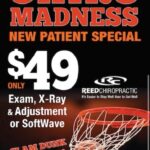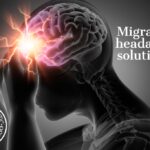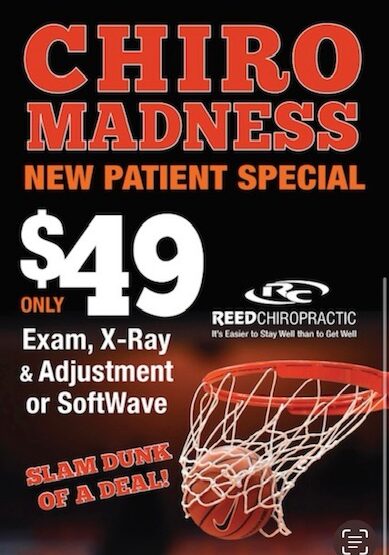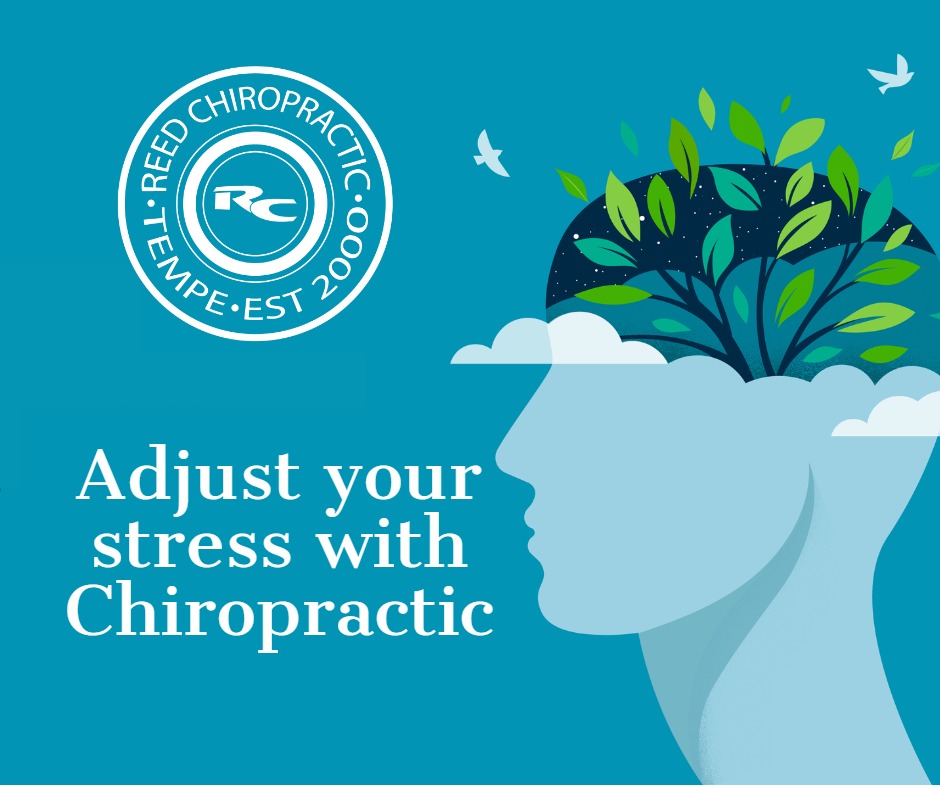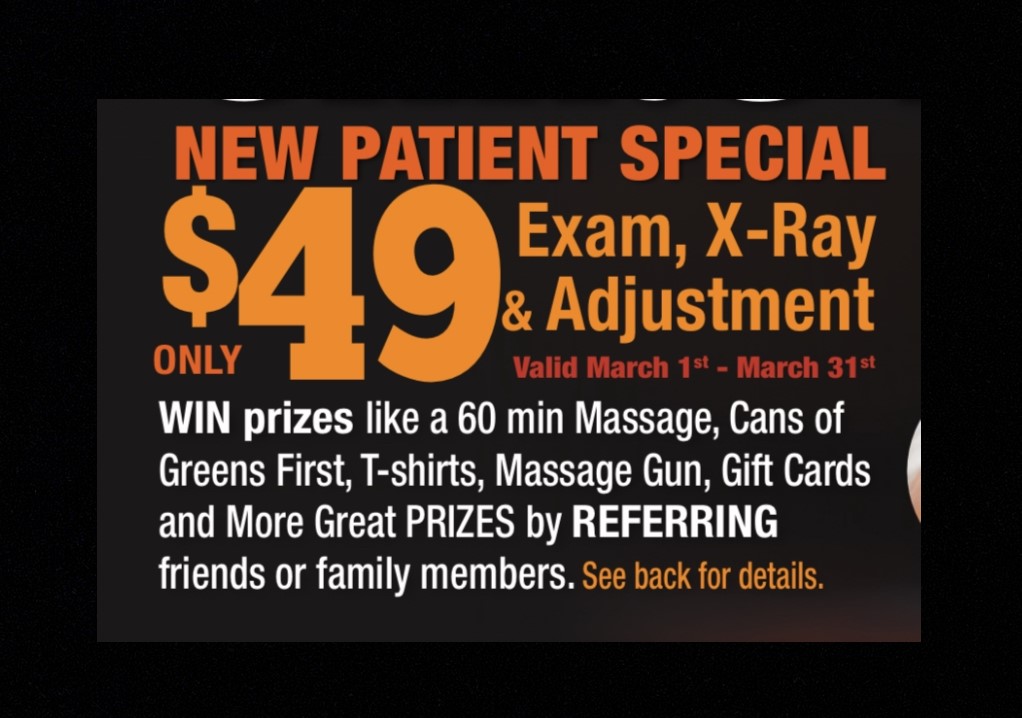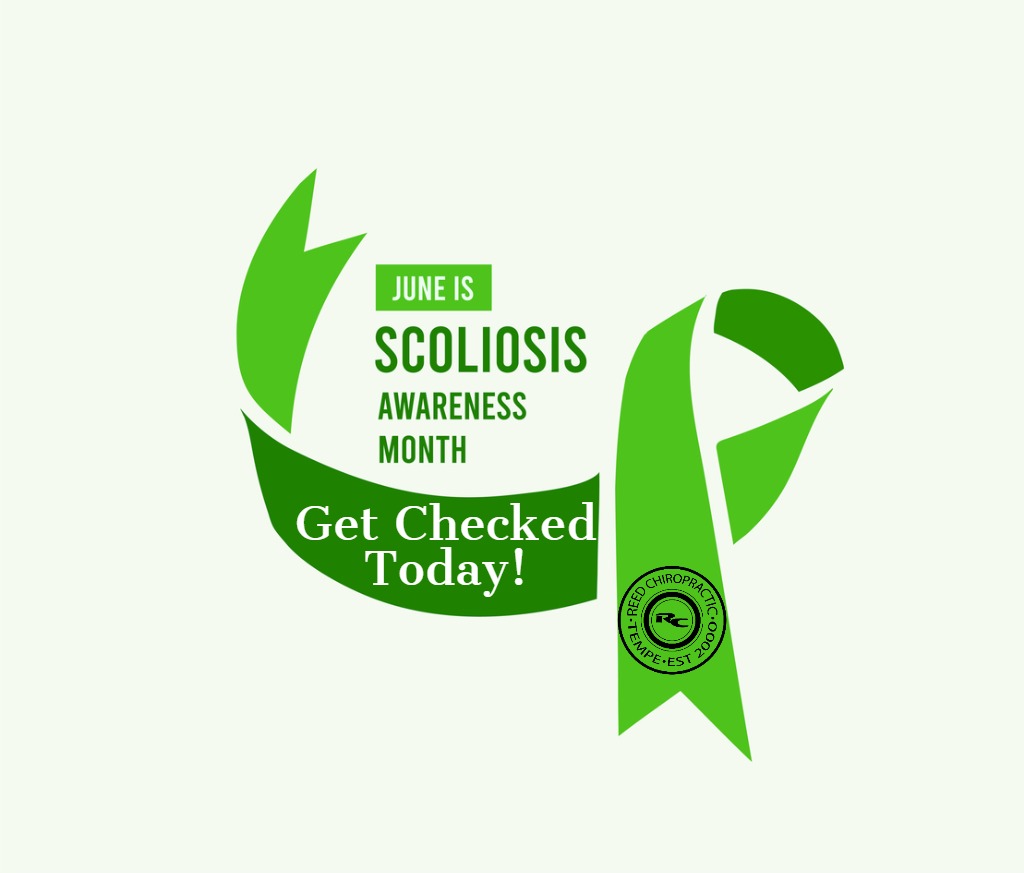
Pediatric Scoliosis
Overview
By definition a Pediatric Scoliosis is a lateral curvature of the spine that measures 10 degrees or greater. A lateral curve is a curve that goes from side-to-side when looking at the spine from the front or back. The curves that are seen when looking at the spine from the side are supposed to be there and are necessary for normal movements and act as a softening spring to the spine. A spine should look “straight” when looking at it from the back and a child with a pediatric scoliosis may look like they are leaning to one side or the other. Often times people will describe it as a S-Shape, meaning that the spine curves to one side then back to the other side in another area. A C-Shaped curve is also possible but much less common.
Prevalence:
- Pediatric Scoliosis affects 2-3% of the population or 6-9 million people in the United States.
Pediatric Scoliosis Causes
It is still unclear as to the exact cause of pediatric scoliosis. In most medical textbooks it is listed as idiopathic. Meaning the cause is unknow. However, there are so possible causes that have been hypothesized from clinical data and similarities among cases.
Possible Causes:
- Nervous system imbalances from different diseases like Muscular Dystrophy or Cerebral Pasley.
- Nervous system imbalances that were cause from traumas like car accidents or head injuries at an early age.
- Infections in the spine
- Cancer – Tumors
- Hereditary imbalances or anomalies such as leg length discrepancies, hemi vertebra, or other normal boney variants.
Pediatric Scoliosis Symptoms
Every case is different and can have anything from no presenting symptoms to debilitating symptoms. There are some common symptoms that can be a clue and should not be ignored. Especially in children who are between the ages of 10-17 and pediatric scoliosis runs in the family.
Most Common Symptoms:
- Postural Distortions like one shoulder it higher than the other, hip height imbalances, rib humps, spinal twisting, and leg length differences.
- One arm hangs lower than the other arm or the shoulder blades don’t appear to be even, or one flared out farther than the other.
- A head tilt that is opposite to the lower shoulder side is a common presentation for an upper back pediatric scoliosis.
- A spinal curvature that is noticeable when the child bends over at the waist.
- Any Spinal Pain like Lower Back Pain, Neck Pain, or Middle Back Pain.
Diagnosis of Pediatric Scoliosis
Often times the initial diagnosis of pediatric scoliosis is made by a pediatrician or medical doctor during a well child visit. However, as more and more parents are recognizing the importance of regular chiropractic check-ups for kids, we are often times the first person to diagnose a pediatric scoliosis. When the medical provider or even a parent sees one or more of the classic signs of a potential scoliosis the next steps are to evaluate the child further.
Additional testing:
- X-Rays – In our office we use Standing Computerized Full Spine X-Rays that will show not only the spine but also the hips and pelvis.
- MRI – This test uses a large magnet to evaluate more of the soft tissue looking for possible tumors or cancers that might be causing a pediatric scoliosis.
- CT scan – Computed Tomography is a type of X-Ray that will show much more detailed images of the spine in 3 dimensional sections. It can be used to show the impact of a pediatric scoliosis on the surrounding organs and muscles.
The sooner a scoliosis is identified the sooner treatment can be started and lessen the chances of progression. A scoliosis unchecked can lead to a greater chance of organ pressure and other serious health issues down the road. Every child starting at age 10 should be screened for the presence of scoliosis and followed up throughout adolescence.
Treatment Options for Pediatric Scoliosis
In my opinion any scoliosis under 25 degrees should be managed by a trained Chiropractor who has the technology and knowledge to monitor mild to moderate cases of pediatric scoliosis.
Curvatures less than 25 Degrees:
- Chiropractic Care
- Physical Therapy
- Monitor every year up to age 17 in girls and 20 in boys
Curvatures greater than 25 Degrees:
- Chiropractic Care
- Physical Therapy
- Bracing
- Monitor every six months up to age 17 in girls and 20 in boys
Curvatures greater than 45 degrees:
- Chiropractic Care
- Physical Therapy
- Bracing
- Possible Surgery
- Monitor every 6 months up to age 17 in girls and 20 in boys
For More Information you can also read this article from the Mayo Clinic – Click Here.
Schedule your child for a Free Spinal Evaluation
Here at Reed Chiropractic, it is our mission to provide a natural solution to scoliosis before medical intervention is necessary. So the best way we know how to do this is to provide early screening spinal checks for free to any child or adult. If we find anything that looks abnormal one of our Chiropractors will discuss the findings with you and give your recommendations for further testing or any necessary medical referrals. If basic wellness X-Rays are recommended, they can be performed right here in our office for the price of $30.
To schedule your Free Spinal Wellness Exam Call or Click for an appointment.
